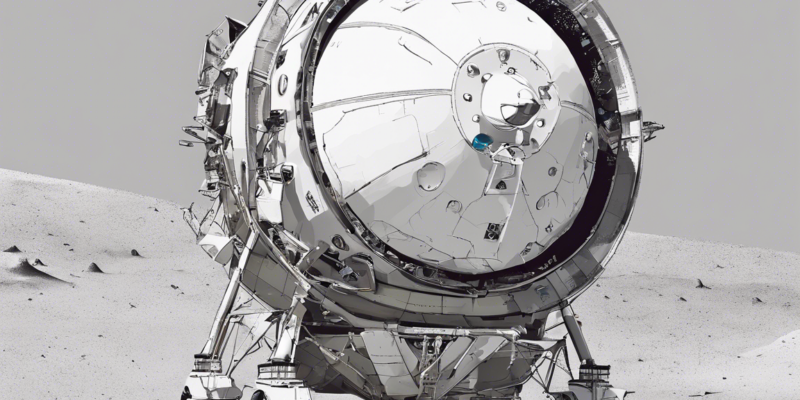
Exploring Chandrayaan 3: A Comprehensive Essay
India’s Chandrayaan 3 mission marks another significant milestone in the country’s ambitious space exploration program. Building on the success of previous missions, Chandrayaan 3 aims to further expand our understanding of the Moon and contribute to the global scientific community. In this comprehensive essay, we will delve into the intricacies of Chandrayaan 3, its objectives, technology, and the impact it is poised to have on space exploration.
Chandrayaan 3 Mission Objectives
Chandrayaan 3 has a dual objective of conducting scientific research and demonstrating India’s technological capabilities in lunar exploration. The primary scientific goals of the mission include studying the lunar surface composition, mineralogy, and exosphere to gain insights into the Moon’s geology and evolution. By analyzing the data gathered by the orbiter and lander, scientists hope to unlock secrets about the Moon’s formation and its relationship with Earth.
The Technology Behind Chandrayaan 3
Chandrayaan 3 comprises an orbiter, lander, and rover, each equipped with advanced instruments to carry out specific tasks. The orbiter serves as a communication link between Earth and the lander, while also conducting remote sensing studies of the lunar surface. The lander is designed to make a soft landing on the Moon’s surface, deploying the rover to explore the terrain and collect samples for analysis. Cutting-edge technology, such as onboard cameras, spectrometers, and seismometers, enables the spacecraft to gather high-quality data for scientific research.
Impact of Chandrayaan 3 on Space Exploration
Chandrayaan 3 is expected to have a significant impact on the global space exploration community. By expanding our knowledge of the Moon’s geology and mineral resources, the mission could pave the way for future manned missions and even lunar colonization. The technological advancements demonstrated in Chandrayaan 3 could also lead to collaborations with other space agencies and stimulate further innovation in the field of space exploration. Additionally, the mission’s success would bolster India’s reputation as a key player in the international space race.
Frequently Asked Questions (FAQs)
- What is the difference between Chandrayaan 2 and Chandrayaan 3?
-
Chandrayaan 2 was India’s second lunar exploration mission, comprising an orbiter, lander, and rover. However, the mission faced challenges with the lander’s soft landing. Chandrayaan 3 is a follow-up mission focused on achieving a successful soft landing and advancing scientific research on the Moon.
-
How long will Chandrayaan 3 stay operational on the Moon?
-
The mission duration for Chandrayaan 3 is expected to be around one year, during which the spacecraft will conduct scientific experiments, explore the lunar surface, and transmit data back to Earth.
-
What are the key scientific instruments onboard Chandrayaan 3?
-
Chandrayaan 3 is equipped with a suite of instruments, including cameras for imaging, spectrometers for analyzing lunar minerals, and seismometers for studying moonquakes and lunar geology.
-
Will Chandrayaan 3 collect samples from the Moon’s surface for analysis?
-
While Chandrayaan 3 is not specifically designed for sample return missions, the rover onboard the lander will gather data and images from the lunar surface, contributing to our understanding of the Moon’s composition and geology.
-
How does Chandrayaan 3 contribute to India’s space exploration goals?
- Chandrayaan 3 aligns with India’s vision of advancing scientific research and technological innovation in space exploration. The mission signifies India’s commitment to exploring new frontiers in space and establishing itself as a leading space-faring nation.
In conclusion, Chandrayaan 3 represents a bold step forward in India’s space exploration endeavors, combining scientific discovery with technological prowess. As the mission unfolds and data starts to flow back to Earth, scientists and space enthusiasts around the world eagerly await the new insights and discoveries that Chandrayaan 3 is poised to deliver.
